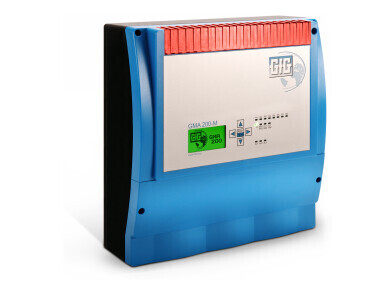-
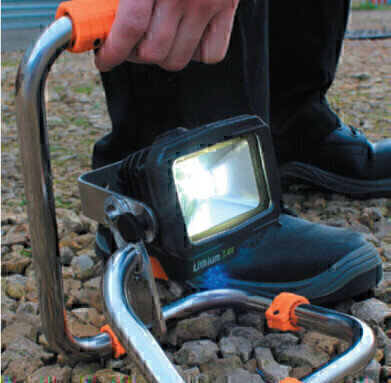 Fig 1.0. A typical Intrinsically Safe Worklight with LED array.
Fig 1.0. A typical Intrinsically Safe Worklight with LED array. -
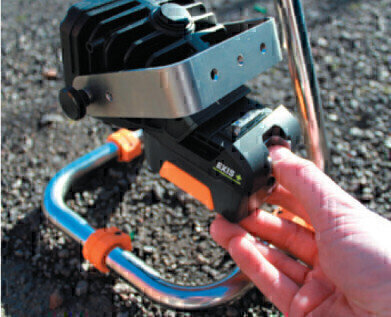 Fig 2.0. A lithium ion I.S. battery pack being hot swapped.
Fig 2.0. A lithium ion I.S. battery pack being hot swapped. -
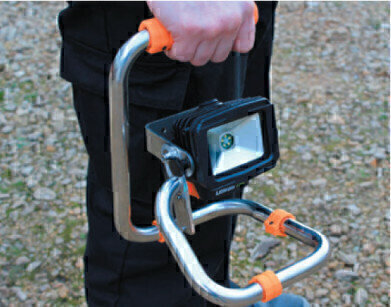 Fig 3.0. A lightweight, transportable I.S. worklight.
Fig 3.0. A lightweight, transportable I.S. worklight.
Safety
Lighting up the Darkness, Intrinsically Safe Worklights, Real or Not
Apr 20 2016
Performing routine maintenance and inspection tasks in low light can be daunting, but they are critical in keeping any plant running. Now add to this the restrictions required of personnel operating in potentially hazardous (explosive) atmospheres, and a seemingly simple function like creating a well-lit work space becomes a difficult challenge to overcome.
FIRST THINGS FIRST, HOW MUCH LIGHT DO WE NEED?
Enough to do the job! This is the correct answer, but how do we quantify that?
Lighting solutions are measured in lumens and range from relatively low power torches and flashlights with just a few lumens, to more powerful worklights with outputs measured in hundreds of lumens.
The more lumens, the more light is being provided by the luminaires, which in turn makes the job site safer and easier to work within. Obviously, light output is proportional to power usage, which in turn defines what is referred to as “runtime”.
Todays high-end lighting solutions tend to lean towards LED technology rather than filament bulbs. LEDs offer much better efficiency which in turn increases runtime.
BATTERY OR MAINS POWERED?
No matter which lighting option we choose, the source of power will always be a major, limiting factor, in particular where it applies to the runtime of a luminaire when compared with the anticipated amount of time a particular task requires to complete.
Mains powered lighting solutions have the benefit of being constantly powered, so no need to recharge batteries and provide as much light as the job requires for as long as it is needed. Mains powered lighting is the obvious solution for fixed luminaires and also for long-term construction projects, although to refer to them as Intrinsically Safe is probably in the majority of cases untrue. Mains powered systems tend to use Flameproof (Exd) as a protection concept, although this is by no means exclusively the case.
However, for unscheduled or limited time maintenance work, installing temporary cables for mains powered lighting is generally deemed overkill. So, in this instance, battery powered systems are the obvious choice. Unfortunately, battery powered systems have their own limitations, two in particular;
1. weight – Battery packs are generally heavy which means the lighting solution being powered is also heavy which in turn restricts the areas battery powered systems can be deployed to.
2. runtime – Batteries provide power yes, but as we all know, in time, batteries become depleted. At this stage, the battery either requires changing and/or charging, but herein lies the problem. To change a typical battery pack, the luminaire must be physically removed from the hazardous area, have its pack removed and a fully charged one installed before being taken back to the worksite, that is if the pack is removable at all.
The ideal solution to this problem would be the versatility of a battery powered luminaire without the restrictions associated with returning to the safe area to replace or recharge a battery pack. What is needed is a portable lighting solution with the ability to “hot swap” its batteries in situ.
WEIGHT AND TRANSPORTABILITY
Not all tasks are performed at ground level, or in locations easily accessible. Access restrictions affect both mains and battery powered alike but in different ways.
Mains powered systems have to be “plugged in” to a supply of some kind, ultimately located in a safe area which could mean cable runs measuring hundreds of meters if not more. Not to mention the weight and ungainly design common with many mains powered systems means that such systems are not the obvious solution for job sites in areas that are not immediately accessible.
As briefly mentioned, battery powered lighting solutions can indeed be heavy. Traditional systems tend to incorporate sealed lead acid batteries, also referred to as SLABs, or large banks of small Nickel Metal Hydride (NiMH) cells which can provide adequate capacity but at the cost of being heavy and comparatively large.
CONCLUSIONS
“Ex” lighting solutions are arguably the most important tool choice for any engineer operating within a potentially hazardous environment. Why? Simple, in most parts of the world, it gets dark every day but we cannot limit unscheduled failures or repairs to daylight hours.
In certain geographical locations, the absence of natural light for most of the day is the norm rather than the exception. As such, making the correct choice for your Ex lighting solution will pay dividends in the long run, ensuring maintenance, repair and operations can continue day or night.
Large, heavy, mains powered luminaires are the obvious choice for fixed and or long term lighting requirements but what about unscheduled failures or the need for short term scheduled lighting during operations? In this instance a battery powered, transportable solution makes perfect sense. Unfortunately, traditional SLABS or banks of Nickel Metal Hydride (NiMH) packs are both bulky and heavy. High energy density Lithium Ion packs which combine capacity with small form fit are the ultimate in portable power. The issue of removing the pack either for charging or replacement means a sometimes lengthy trip back to the safe area to perform a battery change which takes only seconds when the entire time, the job is halted due to zero light.
Runtime is also key for a battery powered solution. The balance between light output and runtime is a constant battle for luminaire designers. The only real solution is LED technology. LEDs provide a high level of light output for comparatively little by ways of power consumption. White light LEDs tend to perform better than “warm white” LEDs, providing a greater level of contrast to the work site.
Finally, weight. Carrying one or more luminaires to high levels, or across extended distances means weight is key. One person lift is essential as a minimum when in reality, a luminaire weighing in at less than 2kg is a must for a transportable solution.
The logical conclusion therefore is a lightweight luminaire which has the ability to have its battery pack changed within the potentially hazardous area, a process known as “hot-swapping”. A high energy density lithium ion pack provides the best power to weight ratio. Such a luminaire would ideally utilise Intrinsic Safety as opposed to the heavier flame-proof and incorporate multiple white light LEDs as the light source.
Digital Edition
PIN 25.1 Feb/March
March 2024
In This Edition Safety - The technology behind the ION Science Tiger XT - Safety with ammonia and LOHCs as hydrogen carriers Analytical Instrumentation - Discussion on new tribology te...
View all digital editions
Events
Apr 22 2024 Hannover, Germany
Apr 22 2024 Marrakech, Morroco
Apr 22 2024 Muscat, Oman
Apr 22 2024 Rotterdam, Netherlands
Apr 23 2024 Singapore
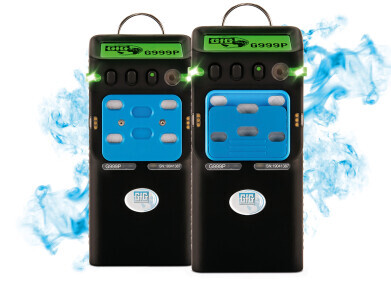
.jpg)
